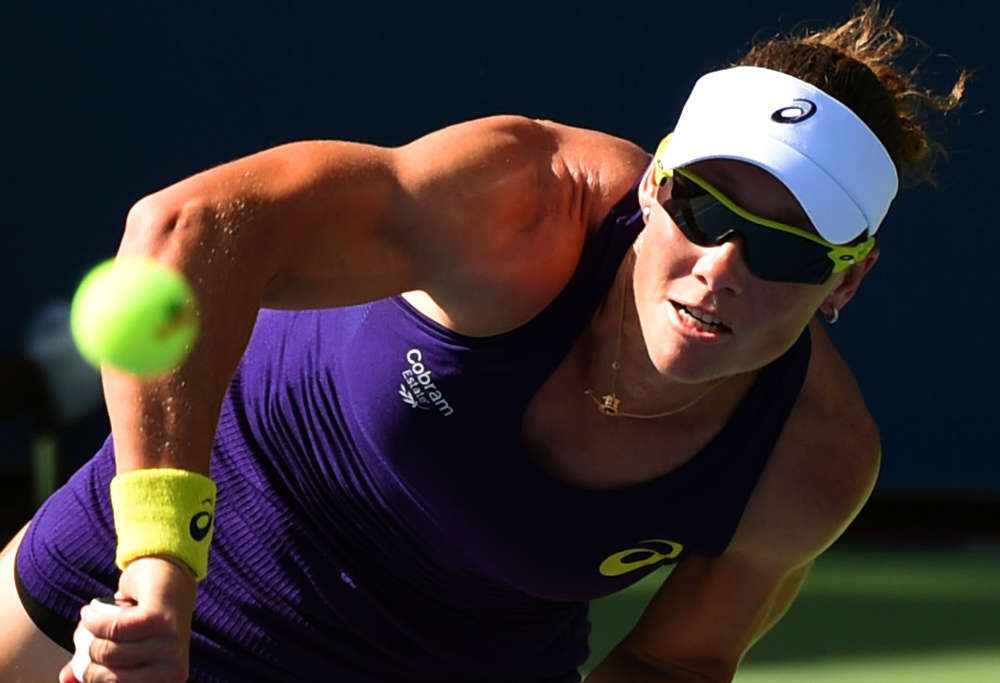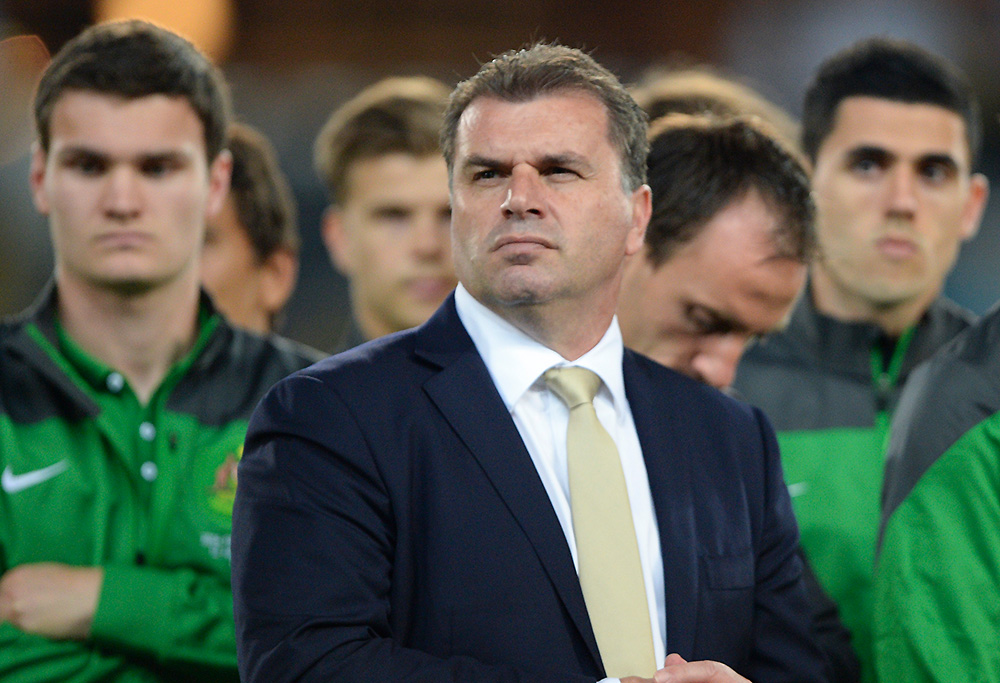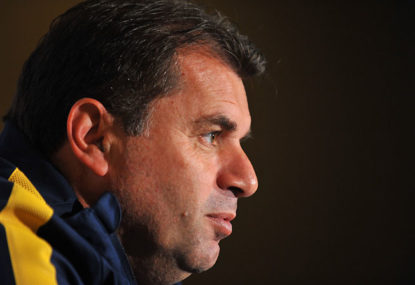Historically, much has been made of the so-called Aussie battler. Not easy to define, yet some sort of quirky homage to the less talented, the vertically or horizontally challenged or those facing seemingly insurmountable odds.
The tag sickens me. Not that I feel any disrespect toward the performances of those in question, just distaste for the cheap and liberal dishing out of the phrase and the public affection that accompanies it.
The recent attention given to Test spinner Nathan Lyon is a perfect example. Lyon’s bowling stats in 2016 have been woeful and as pressure mounted on his position and other spinners were cued up ready to join or replace him, fans jumped on board the ‘Gary’ train.
Matthew Wade is partly to blame with his constant affirmation of Lyon’s bowling behind the stumps, no doubt a successful attempt to distract the selectors from his own terrible glove work and unproductive batsmanship.
The ‘outer’ has never supported Lyon more and is symbolic of the public’s fascination with the battling Aussie attempting to combat the odds stacked against them.
I prefer the over-achiever – the athletes who work tirelessly and silently in order to achieve ambitions of which only they are aware.
There have been multiple examples of Australian athletes achieving more than what was deemed possible based on their perceived talent and physical limitations.
One such example is Australian golfer Peter Senior. Still plying his trade on the American Senior Tour to this day, the fifty-seven year old carved out a career that far exceeded the expectations of most.
What makes his $15 million (estimated) in earnings and 34 professional victories even more remarkable is the awful golf swing that he used to achieve his success.
Standing only five foot seven, Senior’s jerky action with a lifting of the chest that changes his level in the swing dramatically, is so far out of step with conventional golf instruction that his success is amazing.
Senior had horrible times in his career and could lose confidence in his swing to the point of exasperation and a failed attempt to crack the US PGA Tour saw him back in Australia rejuvenating his game and confidence.
However, when the timing was right, the natural and untechnical approach he took made him incredibly effective.
The golden summer of 1989 where he peeled of victories in the NSW PGA, the Australian PGA, the Australian Open and the Johnnie Walker classic was some of the most impressive golf ever seen in this country.

Samantha Stosur sits as one of Australia’s best overachievers. This might raise a few eyebrows, yet listen to the argument. As Stosur pushes on past the age of thirty it becomes more and more apparent that her work ethic and fitness levels are what keep her up to speed with the more powerful and gifted players on the tour.
As much as we love watching and supporting her, Stosur’s game is somewhat limited.
She has an amazing serve, built on incredible torso strength that allows her to create the spin and kick required to expose the limited reach of her opponents modern, double handed backhands.
The second part of the one-two punch is a heavily top-spun forehead that is powerful and effective. That’s pretty much it. There is no plan B. Her backhand has improved a little over the years, yet is well short of the average tour player and her mental frailties are regularly on show.
A few years back I wrote an article called Stosur’s fragility and flaws exposed by grinders after watching another meltdown at the APIA international in Sydney.
How she was able to win the 2011 US Open against quite possibly the best tennis player of all-time in Serena Williams is mind boggling. She was brilliant and her failure to climb even remotely near that summit again is evidence of the ‘match of her life’ that she played on that hot, September day at Flushing Meadows.

From a male tennis perspective, Mark Woodforde is similar. A previous girlfriend of mine trained with him in junior representative teams and witnessed a young freckled face little kid with red hair, average talent and a rather uncool white floppy hat.
Somehow that awkward little kid, not blessed with excessive power, agility or that one big shot that all tennis professionals need to climb to the elite level, managed to carve out a career that saw him rise to No.19 in the world in 1996, the same year where he made the Australian Open semi-finals.
My favourite memory of Woodforde is his 1996 encounter with Mark Philippoussis at the Australian Open. Not because of the actually score-line or the details of the match itself, Woodforde won easily. My memory exists because The ‘Poo’ had demolished Pete Sampras in the round prior playing tennis that left Sampras stunned.
It was predictable that little, pokey Woodforde would come out and chip, chase, lob and craft his way through the booming game of one of the most promising, yet unfulfilled talents on the world stage.
Parlaying some respectable singles results into doubles, Woodforde then became part of the dominant pairing of his era, partnering Todd Woodbridge.
$8,571,605 later, twelve major doubles titles and a place in the Tennis Hall of Fame is pretty good return from a player whose greatest asset was his heart.
Justin Langer had a rather underwhelming start to his Test cricket career. His first thirteen test innings between his debut in January 1993 and October 1998 produced 272 runs at an average of 20.92.
Much was made of the battering he had taken by the short ball and he seemed unlikely to get the cherry of the square, so lacking in power he was.
After batting mostly at three, Langer was paired with Queenslander Matthew Hayden for the first time in England in 2001. Retiring hurt delayed their partnership until the series against New Zealand in November, once reunited, they became, statistically the greatest opening pairing in Australia’s history.
What was most impressive was the new expansive game that Langer developed over the subsequent years, often matching Hayden’s scoring rate, which could be formidable.
After such a rocky start a Test average of over forty-five and a burgeoning career as a batting and now Australian stand-in coach, has seen him become one of the most respected voices in Australian cricket.

The last member of the over-achievers is currently one of Australia’s favourite sons, lauded as potentially the best coach of any sport in Australia. Ange Postecoglou has done the unthinkable.
Proving to the Australian public, the powers at be and himself that an Australian could take charge of the national team, let alone build the nation into a respected footballing adversary, was never going to be easy.
From humble origins Postecoglou has done this and even more. A Greek migrant who saught the comfort and sense of belonging through football, as the family struggled adapting to a new life in Australia, Postecoglou became a competent and reliable player in the NSL in the eighties and nineties.
Four appearances for the Socceroos in ’85-’86 reflect the talent he obviously possessed as a player and he was involved in Premierships with South Melbourne. However, it is managerial success that will be his legacy.
Building the most impressive and successful team in history at the Brisbane Roar and claiming two titles with the most attractive brand of football seen in this country was just the start.
More success with Melbourne Victory followed and his eventual appointment as national coach, after the FFA had spent twenty-odd years employing international coaches who it deemed more knowledgeable and professional, saw Australian football reach new heights.
A successful World Cup qualifying campaign and the jewel in the crown, Asian Cup Champions, have seen the migrant from Melbourne become internationally respected. The Socceroos’ biggest issue in the short term might be hanging onto Postecoglou when his contract expires in 2018.
Hopefully Australia is there at the World Cup and Ange wants to hang around for the next one. Continuity is a valuable commodity for Australian football.
Australia’s sporting history is littered with champions of all sorts and there would be a multitude of others suitable for this list. In my context, these are the most wonderful examples of Australians who achieved more than anyone could have predicted.
They aren’t ‘aussie battlers’ – just people who drained every last ounce out of themselves to achieve the goals they had set.
































































































